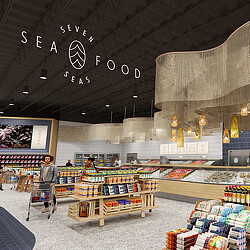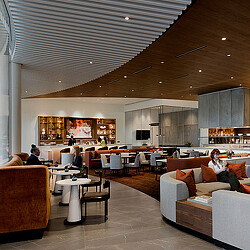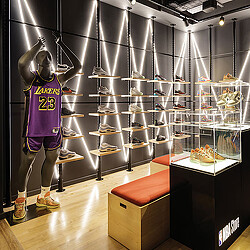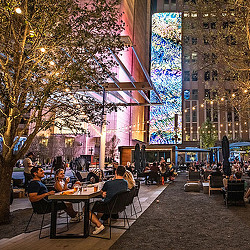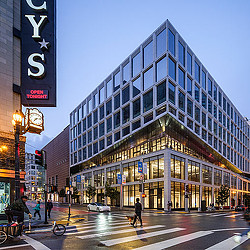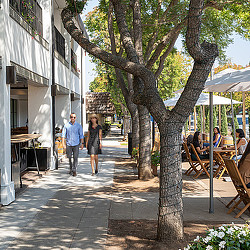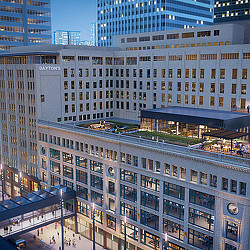What’s the Recipe for Retail Success? Food
With a heightened consumer appetite for engaging social spaces, food and beverage are key ingredients for physical retail viability.
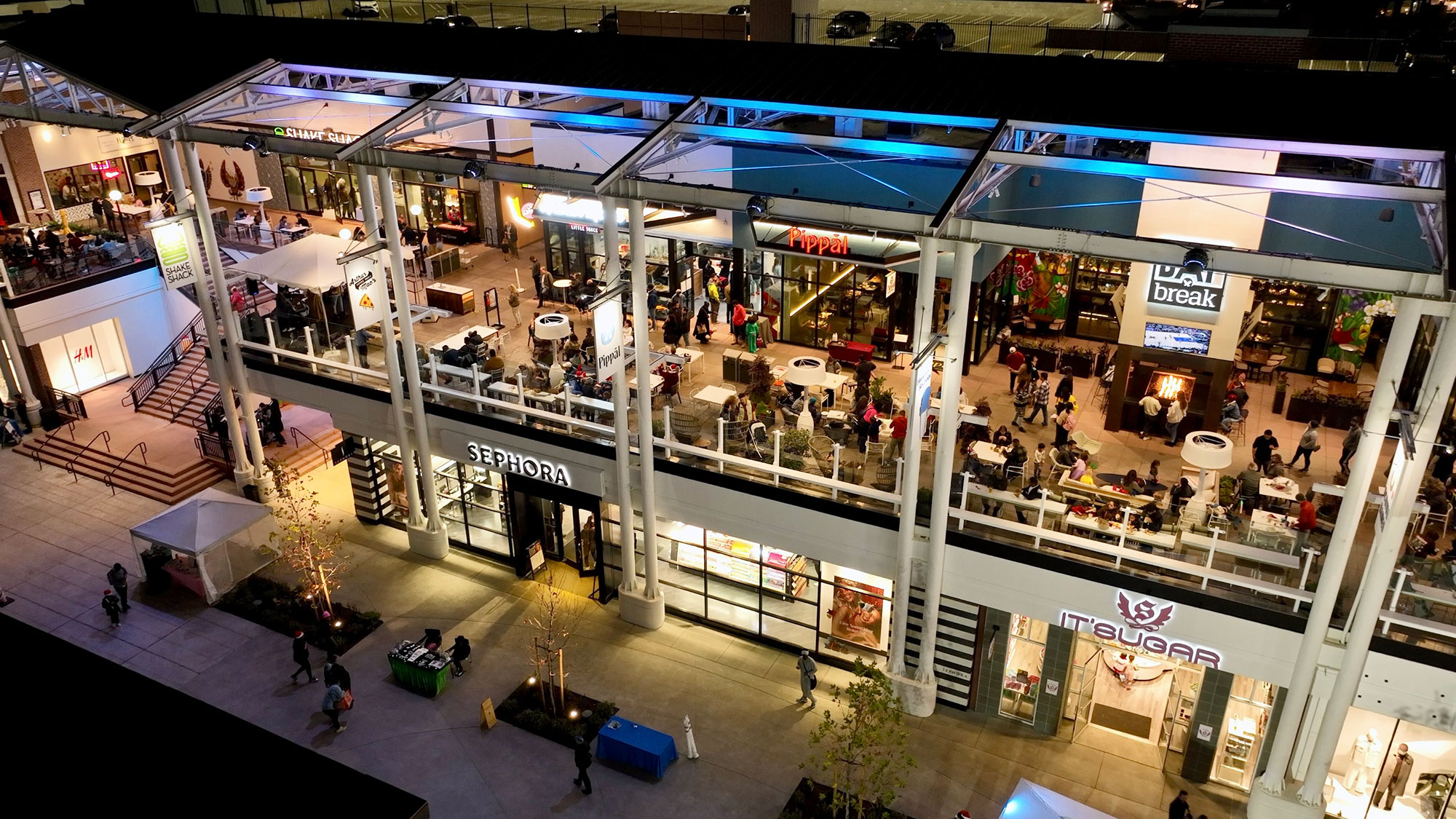
Throughout the past four years, we’ve seen the retail sector undergo a remarkable transformation. The pandemic shook brick-and-mortar stores as the shift to online shopping and food delivery skyrocketed. And after years of isolation upended how we gather and socialize, people were increasingly seeking the experiences they missed out on. But what was once simply post-pandemic behavior has become the new normal, and these changes are prompting retailers and landlords to reassess what they’re offering to ensure the relevance and staying power of their businesses and/or places.
Despite challenges, the U.S. retail market has been showing signs of rebounding, particularly for food & beverage destinations. The U.S. Census Bureau’s latest Advance Monthly Sales for Retail and Food Services Report shows retail and food services sales for April 2024 were $705.2 billion, up 3% from April 2023 — a figure worth noting as the broader retail landscape continues to evolve.
Taking a page from yesteryear’s department store strategy of in-house cafes and restaurants, landlords and retailers are also recognizing the importance of creating places that offer the escape and socialization many of us crave. Multidimensional places that allow for gathering, catching up, and a simple break have become increasingly valuable, and food has always been a natural pull for such activities. Data from Gallelli Real Estate shows that 50% of all tenants in the market for space are food-related, whether for an expansion or to move to a new location, indicating a new avenue for mall operators and retailers to explore.
With an eye toward elevated consumer experiences, here are five food and beverage-based trends that could be essential to retail’s reemergence.
The Impact of Community-Oriented Food Destinations
When faced with the declining state of retailers’ interest in their newly acquired property at Bay Street in Emeryville, California, retail developer CenterCal recognized the importance and urgency of making visible changes to the customer experience. At that time, the center was nearly 35% vacant after at least 15 businesses had closed during the pandemic.
Priority number one became addressing the upper-level outdoor dining terrace, which the team transformed into a more visible, amenity-rich, activated setting — and the difference is night and day. The reimagined Bay Watch terrace is a place for visitors to gather and connect, featuring vibrant restaurant facades, fire pits surrounded by lounge seating, games, music, and dynamic lighting. A community feel is cultivated, making the terrace appeal to everyone from families to young professionals in one of California’s fastest-growing cities.
Already centrally located in the East Bay, Bay Street Emeryville is no longer as isolated, thanks to the addition of a dining-centric space that takes advantage of the mall’s existing pedestrian qualities and proximity to a nearby residential development. And it’s evident that retailers want to be where the people are — a diversified tenant mix of national chains, local small businesses, greater food choices, and soon, a grocery store, have catapulted Bay Street Emeryville’s occupancy to 95%, increasing its viability and encouraging visitors to stay longer.
The Symbiotic Consumer Experience Effect
Setting out to formulate a relevant San Francisco community presence, Ingka Group enlisted Gensler to strategize a localized concept for a new Meeting Place, including LEED Certification, base building upgrades, and coordination with multiple tenants. After laying the groundwork, the new downtown San Francisco IKEA-anchored center has become an instant hit thanks to tenants like the highly anticipated Saluhall, a Scandinavian-themed food and drink hall.
Since opening in April, Saluhall has consistently drawn crowds thanks to its wide-ranging menu and interactive, explorable layout. Food and drink vendors are at the street level, and five treasured Bay Area eateries are housed on the upper level. Though not entirely vegan, Saluhall’s reach and appeal is expanded with an emphasis on plant-based foods. Two cocktail bars and one beer bar are also situated in the space, appealing to the downtown work crowd for lunch and happy hours, while also introducing a new downtown locale for weekend visitors.
Saluhall’s success is an encouraging sign for both IKEA and neighboring coworking space, Hej! Workshop, and could be a draw for prospective retailers looking for new locations. The ripple effect of Saluhall’s popularity suggests that including distinct food & beverage services in traditional retail environments could be an effective force in reactivating central business districts, both as locally relevant neighbors and customer attractors.
Cultural Cuisine Concepts Are Front and Center
Another trend is the incorporation of cultural cuisine-based concepts that offer consumers a taste of global flavors. This approach not only broadens the culinary landscape but also attracts food enthusiasts interested in authentic dining experiences.
This is the intention behind Jagalchi, an indoor market that offers guests an authentic taste of Korea. Under construction at Regency’s Serramonte Center in Daly City, California, Jagalchi will occupy a vacant 75,000-square-foot defunct JC Penney’s space and invite visitors to explore the cuisine’s healthy delights.
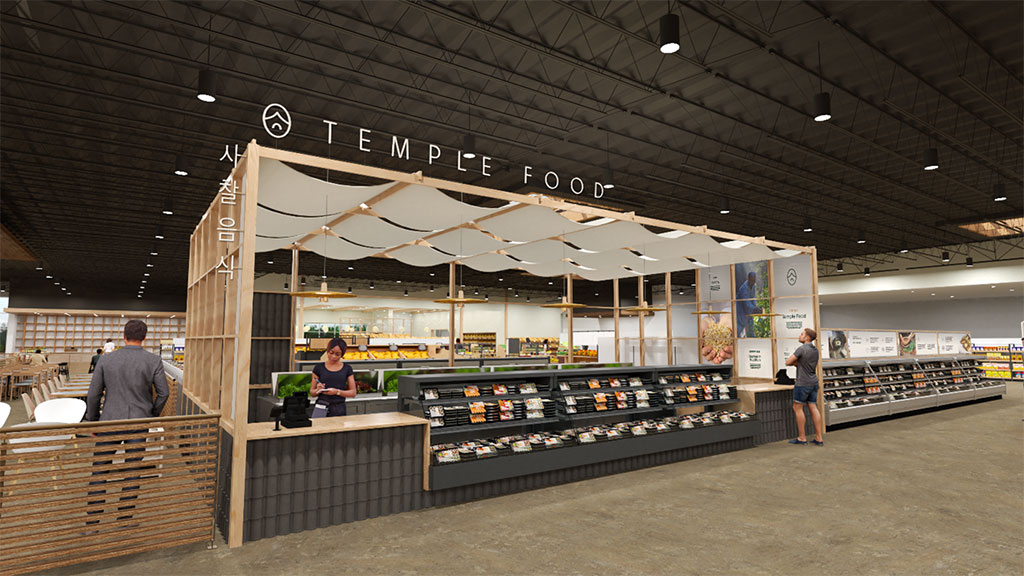
From a display of fresh seafood to a bakery featuring gluten-free, rice flour delicacies, to “Temple Food,” a type of cuisine with vegan options that originated in Buddhist temples of Korea, Jagalchi provides an intimate look at the country’s culture and its culinary influences. Specialty groceries and prepared foods, such as kimbap and mandu, will also be available, along with a centralized gourmet dining experience.
As we continue to rethink the function of the traditional mall, Jagalchi is an example of what the anchor tenant of the future could look like, particularly as landlords look to find new uses for vacant storefronts.
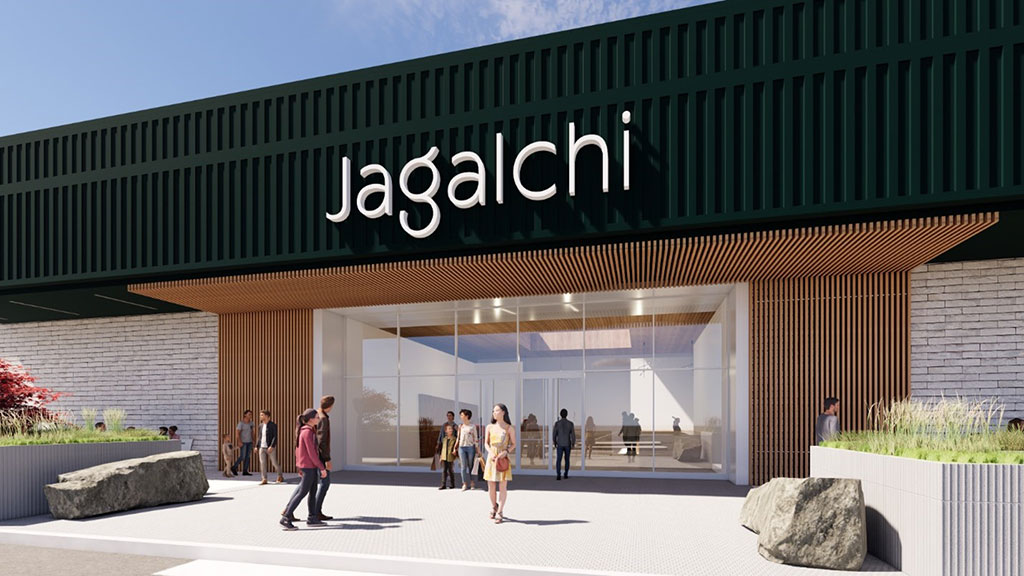
The addition of internationally revered eateries like Din Tai Fung, a popular chain known for its elevated dim sum in a sleek, modern setting, also exemplifies the appeal of culturally expressive mall food tenants. Located in malls like Santa Clara, California’s Westfield Valley Fair, it often attracts long lines and hours-long wait times, presenting a potentially golden opportunity for both shopping center operators and surrounding retailers, both in terms of keeping consumers in malls for greater periods of time and drawing those who otherwise may not have a reason to visit.
Instead of selecting locations based upon retail brand neighbors, landlords and retailers would be wise to consider setting up shop near hotspots that offer coveted and memorable full-scale experiences.
Competitive Socializing as an Activator
Retail centers are also embracing the concept of competitive socializing, where dining is paired with interactive activities.
TOCA Social at the O2 in London, for instance, is a true blend of food and entertainment, offering games like soccer alongside quality dining. Combinations like these create captivating, engaging environments ideal for group outings and events. Incorporating these kinds of settings could be effective in attracting a new and different segment of consumers to traditional shopping centers.
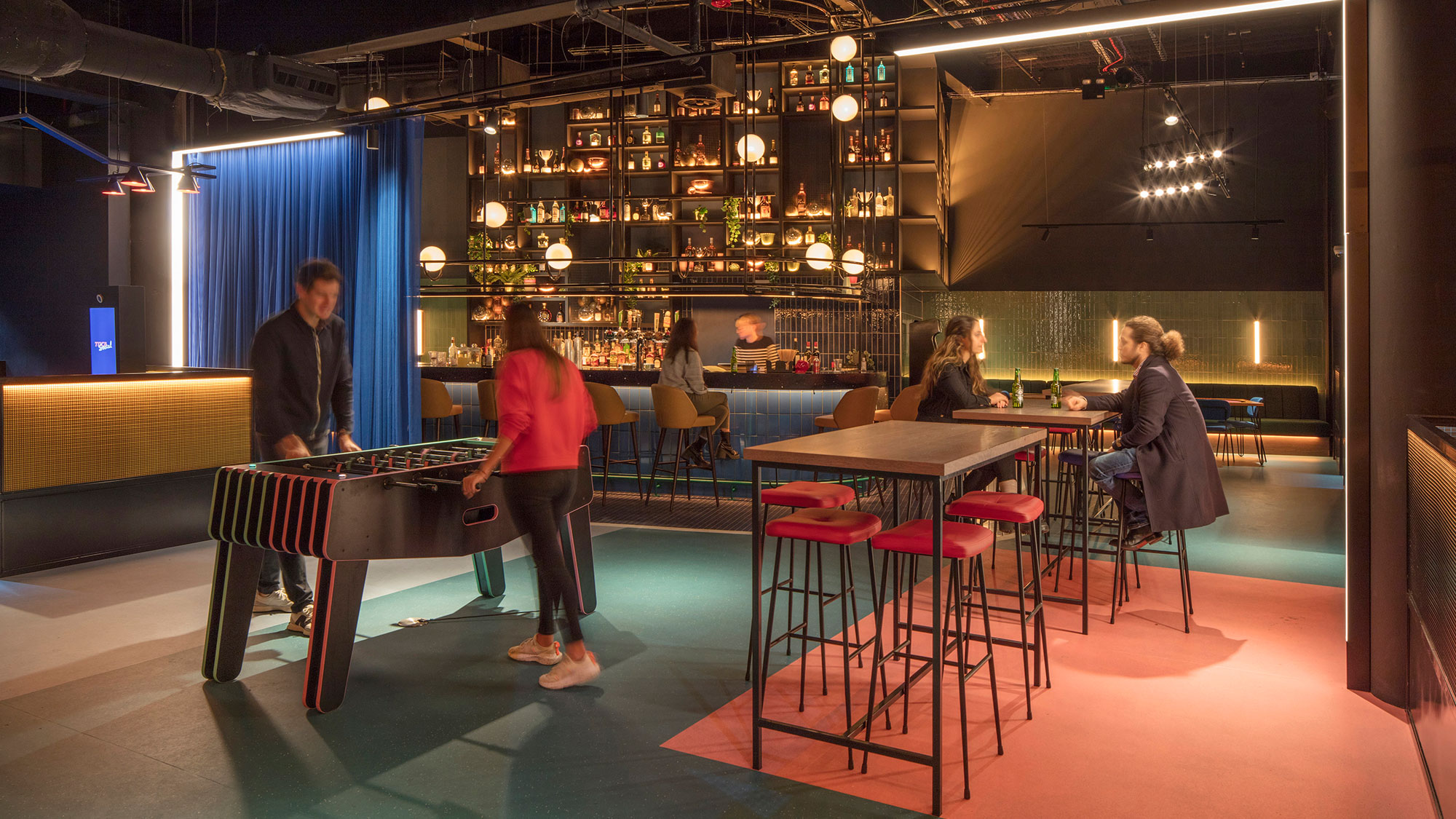
Unique Brand Pairings
Established brands are expanding their presence through strategic food & beverage extensions. High fashion labels like Ralph Lauren and Gucci have ventured into the culinary world with their own cafes and restaurants, such as Ralph’s Coffee and Gucci Osteria.
These brand extensions not only provide fans with a new way to experience their favorite brands but also enhance the retail center’s allure by offering exclusive and stylish dining options, creating the “Instagrammable” moments consumers seek.
A New Batch of Retail Vitality
Though the physical retail has experienced a period of great volatility, the industry is starting to evolve and adapt. Landlords are beginning to take chances on food experiences as anchors, representing a monumental shift from the department store strategy of old.
With trends in consumer spending becoming more tied to experiences — particularly those centered on food — a new, legitimate formula for retail success is emerging. As evidenced by successful integrations in many shopping centers, culturally diverse, contemporary, and multifaceted culinary offerings that are infused with opportunities for social interaction and connection could signal a wealth of possibilities for retailers and mall operators.
Incorporating these diverse food experiences are transforming retail destinations into dynamic consumer experiences, ensuring they remain relevant and appealing in a highly competitive and socially hungry market.
For media inquiries, email .


